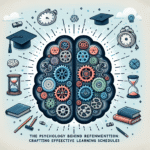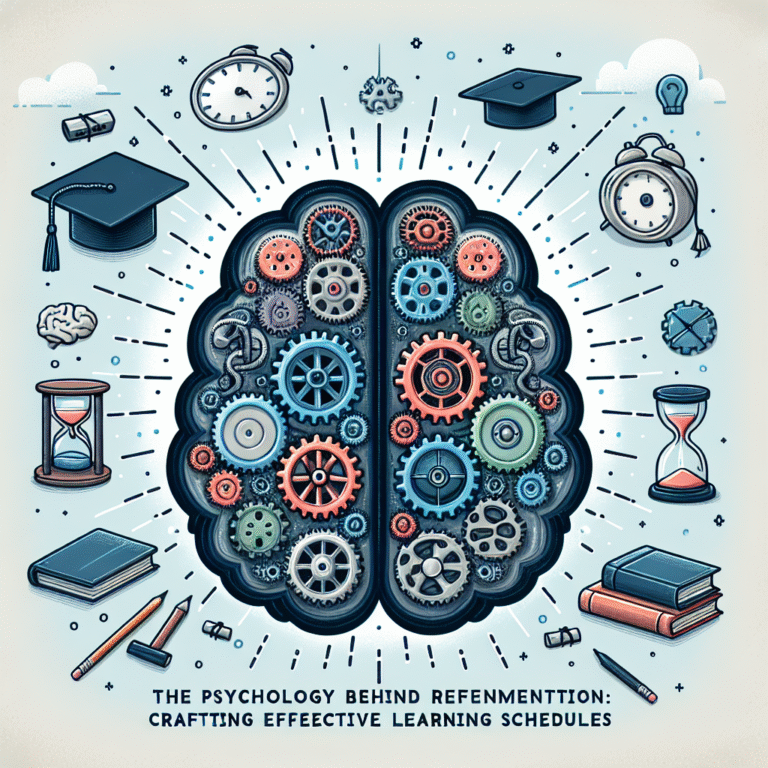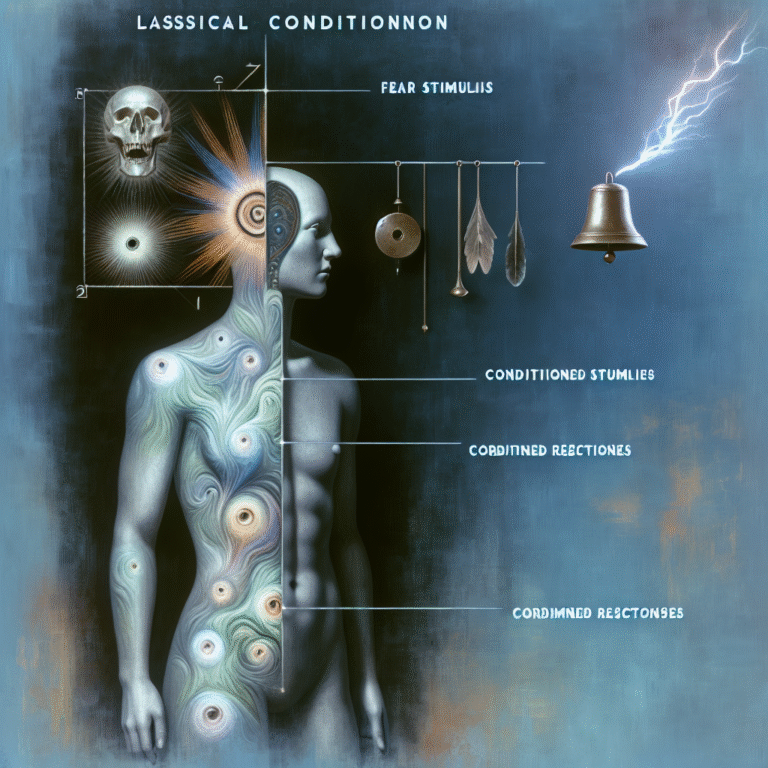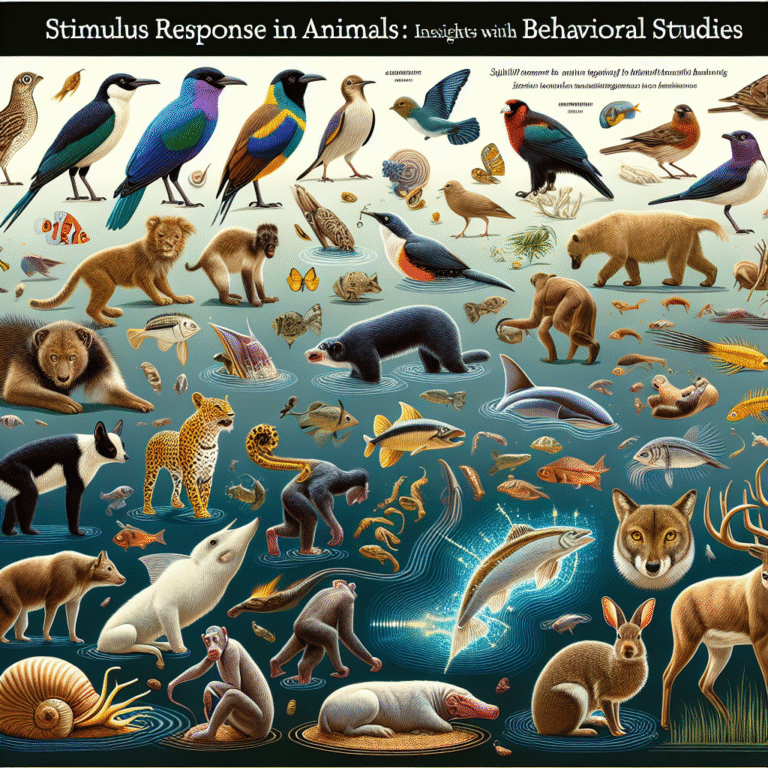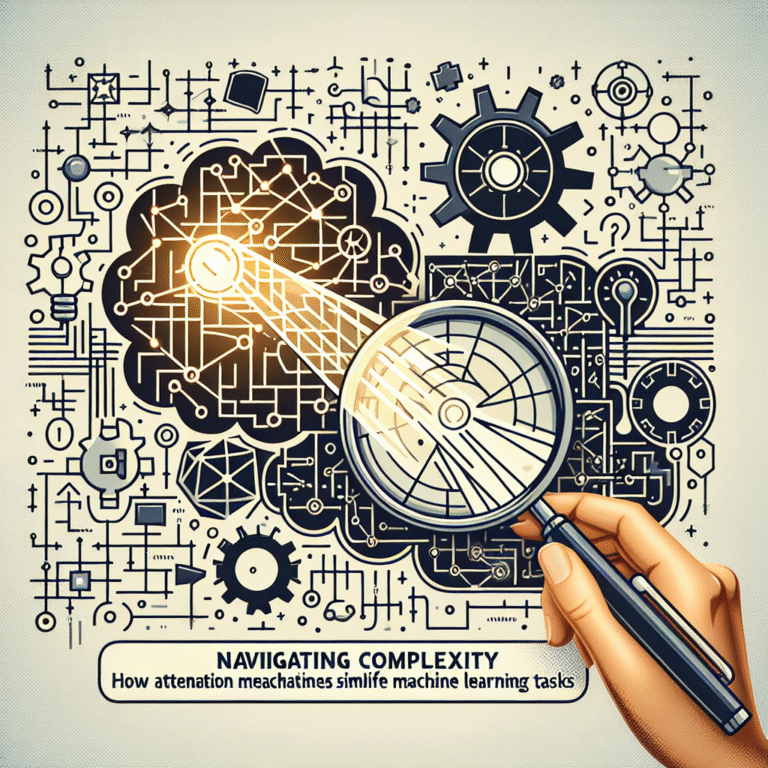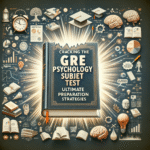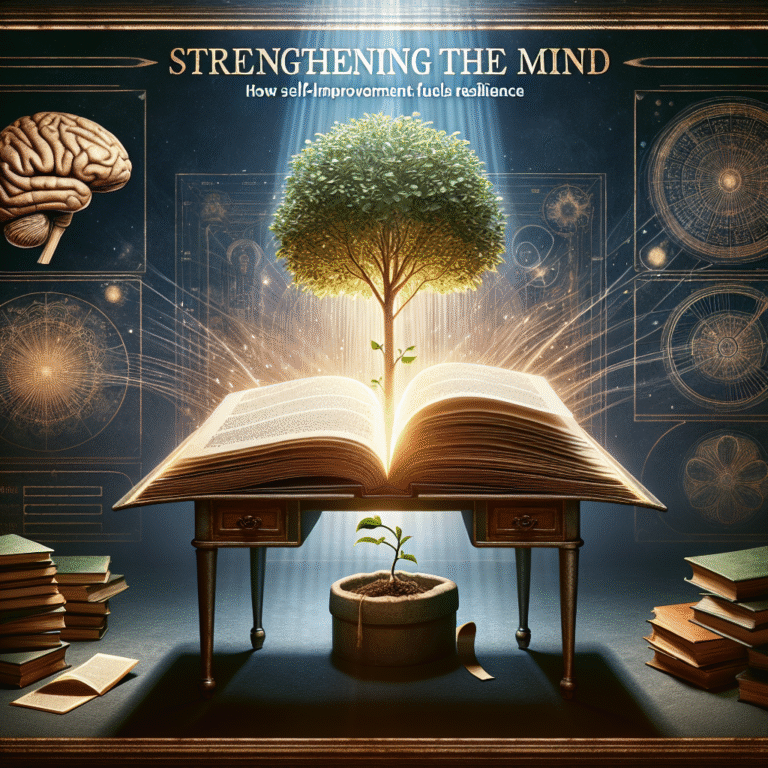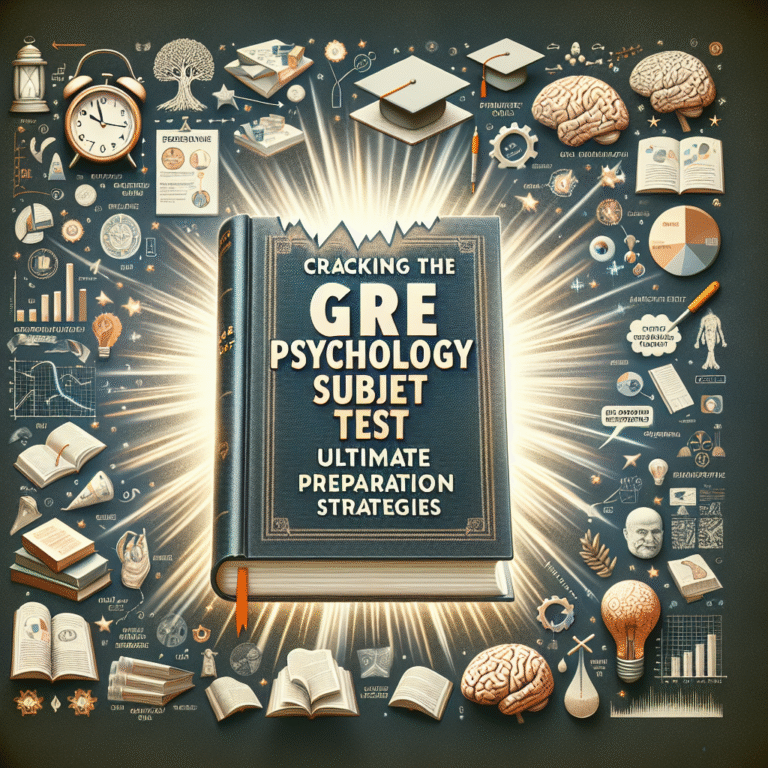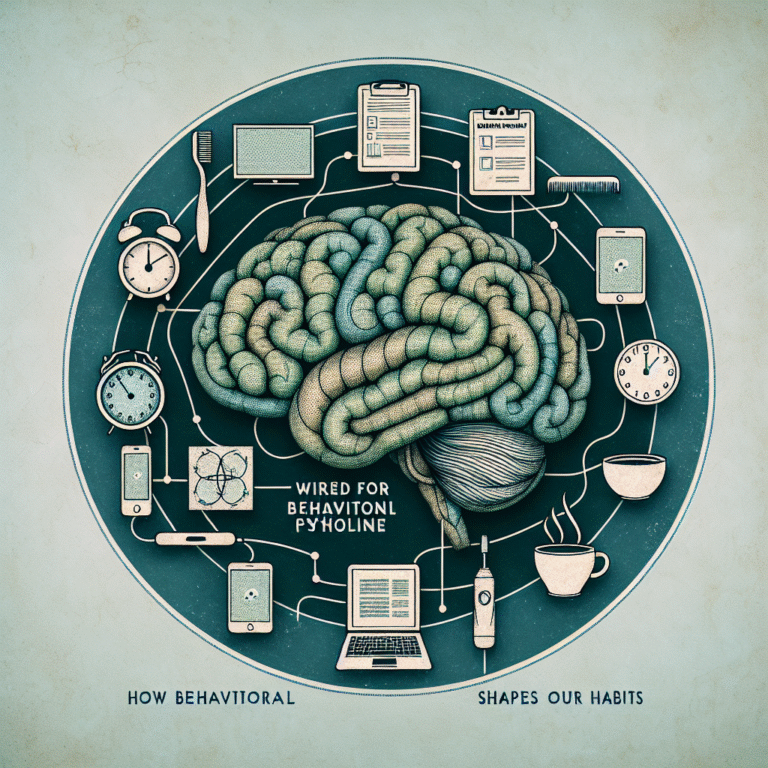
Introduction
Imagine a child coating their crayons across a blank sheet of paper while articulating their thoughts aloud. Now, imagine that same child effortlessly communicating in multiple languages, adapting and understanding cultural nuances without hesitation. This scenario brings us to a fascinating concept in linguistics known as the Critical Period Hypothesis (CPH). The question arises: The Critical Period Hypothesis: When is the Best Time to Learn a Language? This article not only seeks to answer this vital question but also delves into the neurological, psychological, and sociolinguistic aspects of language acquisition, ultimately guiding you towards understanding the ideal timeframe for effective language learning.
What is the Critical Period Hypothesis?
The Critical Period Hypothesis posits that there exists a particular timeframe during human development—often centered around early childhood—when the acquisition of language occurs most naturally and efficiently. Research suggests that after this period, which can extend until puberty, learning a language becomes increasingly challenging and less likely to result in complete mastery.
Key Findings in Language Development
- Neurological Plasticity: Young children possess remarkable brain plasticity, allowing them to soak up information and adapt to new languages in a way that adults often cannot.
- Phonetic Sensitivity: Children are better at discerning sounds and phonemes from various languages, which plays a critical role in language pronunciation and fluency.
Table: Developmental Milestones in Language Learning
| Age Range | Language Skills | Observational Examples |
|---|---|---|
| 0-2 years | Babbling, listening | Exploring sounds, imitating tones |
| 2-5 years | Vocabulary growth | Rapid acquisition of words |
| 5-12 years | Complex sentences | Developing grammar and syntax |
| 12+ years | Fluent but challenges | Accent retention, grammatical errors |
Understanding the Critical Period
Early Childhood: The Language Learning Window
The earliest years in a child’s life are often described as a "window of opportunity." This stage typically lasts until around the age of 7. During this period, children are highly attuned to linguistic input. They not only learn vocabulary but also pick up social cues, intonation, and even cultural context.
Case Study: The Isolation of Genie Wiley
A noteworthy case illustrating the Critical Period Hypothesis is that of Genie Wiley, a girl who was isolated from age 20 months to 13 years. Despite extensive language training after her rescue, Genie never fully acquired linguistic skills comparable to her peers. This case highlights the devastating impact of language deprivation during the critical period.
Adolescence: The Transition Phase
After the critical period, while it is still possible to learn a new language, the journey becomes fraught with challenges. Adolescents may grasp vocabulary and basic conversational skills but often struggle with accent and complex grammatical structures.
Case Study: Late Language Learners
Research shows that individuals who start learning a language after the age of 12 typically achieve lower proficiency levels than their younger counterparts. A study examined high school students learning Spanish, where younger learners consistently surpassed their older peers in fluency and comprehension.
Practical Implications: When to Start Learning?
The findings surrounding the Critical Period Hypothesis lead to some compelling educational implications.
Early Exposure
Recommendation: Introducing language learning at an early age—ideally before age seven—can maximize proficiency and retention.
Encouraging Multilingualism
Countries with an emphasis on multilingual education (e.g., Finland, Singapore) demonstrate that kids exposed to multiple languages early often flourish in language retention and cognitive skills.
Language Immersion
Recommendation: Immersive language programs that integrate cultural context can enhance learning. The earlier children are placed in these environments, the better their outcomes.
Barriers to Language Learning Beyond the Critical Period
Motivation and Confidence
A significant barrier to language acquisition in adolescence and adulthood is often psychological. A lack of motivation or self-confidence can impede progress. Overcoming these barriers is as essential as understanding the biological predisposition.
Learning Environment
Contrasting classroom settings and real-world interactions are pivotal. Adult learners, especially, can benefit from smaller class sizes and more personalized instruction.
Conclusion
In conclusion, the Critical Period Hypothesis makes a compelling case for early language acquisition. But just because the window of opportunity may narrow, it doesn’t close entirely. Whether you’re a parent looking to give your child an edge in language learning or an adult aiming to embrace multilingualism, understanding the dynamics of language acquisition can significantly enhance your efforts. It is essential not only to recognize the optimal period for learning a language but also to appreciate that lifelong learning is always a possibility.
Motivational Takeaway
Don’t let age deter you from pursuing language learning. Dive in, fuel your motivation, and enjoy the journey—after all, language is not just a tool for communication, but a gateway to understanding different cultures and perspectives.
FAQs
1. What is the Critical Period Hypothesis?
The Critical Period Hypothesis suggests there is an ideal timeframe during which the human brain is particularly adept at acquiring language—generally from birth to puberty.
2. Can adults learn a new language effectively?
Yes, while it may be more challenging for adults to achieve native-like fluency, effective methods and a supportive environment can lead to successful language acquisition.
3. What age is best to start learning a language?
Early childhood, ideally before age seven, is considered the best time for language learning due to heightened neurological plasticity.
4. Are immersion programs more effective for language learning?
Yes, immersion programs that provide linguistic and cultural context significantly enhance language acquisition outcomes.
5. What can adults do to boost their language skills?
Adults can focus on smaller class sizes, engage in real-world practice, and utilize technology like language apps to reinforce learning.
By understanding The Critical Period Hypothesis: When is the Best Time to Learn a Language?, we can craft our language experiences to maximize benefits and enrich our lives through communication.
